FREE Shipping on Orders over $89 with Account – Create One Today!
- (844)-859-9400
- Get Help
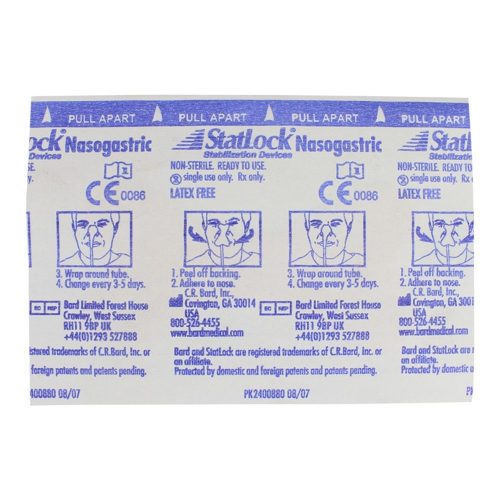
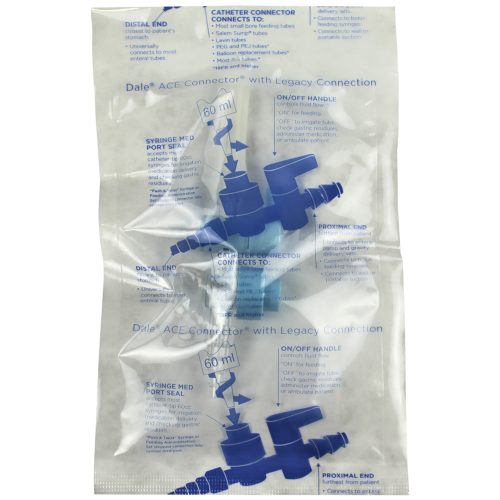
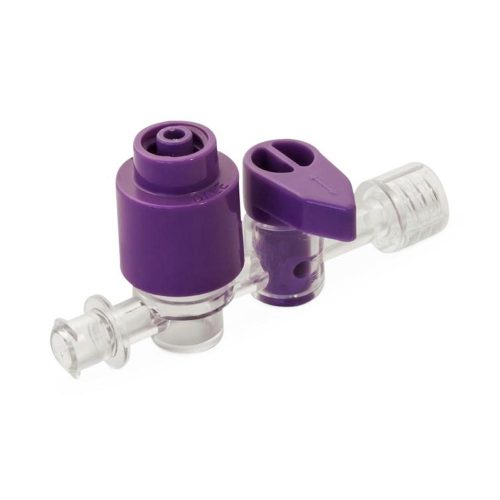
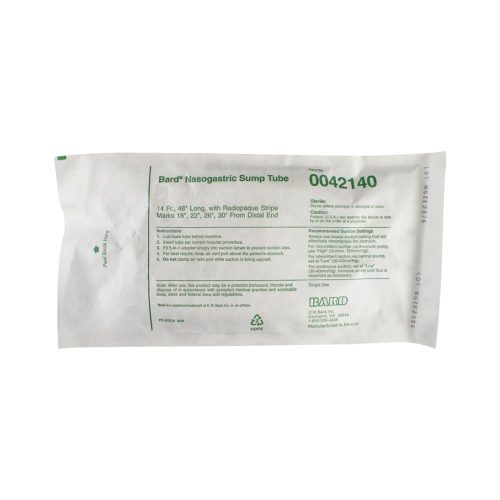
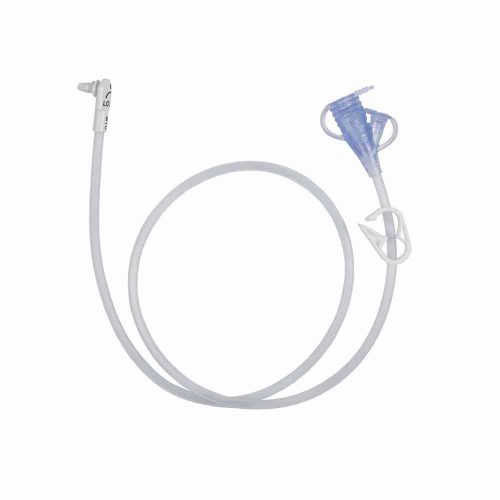
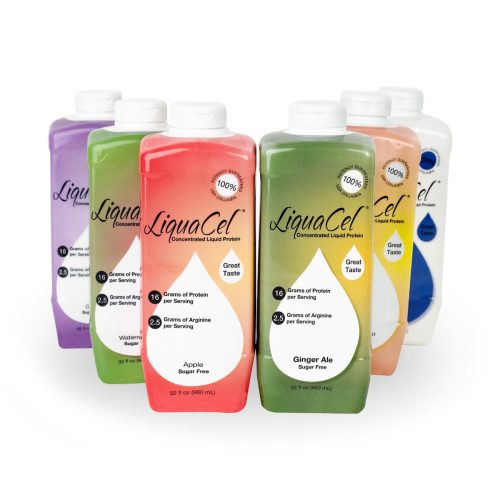
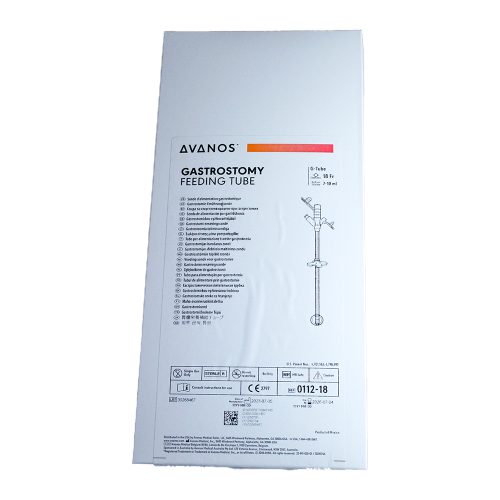
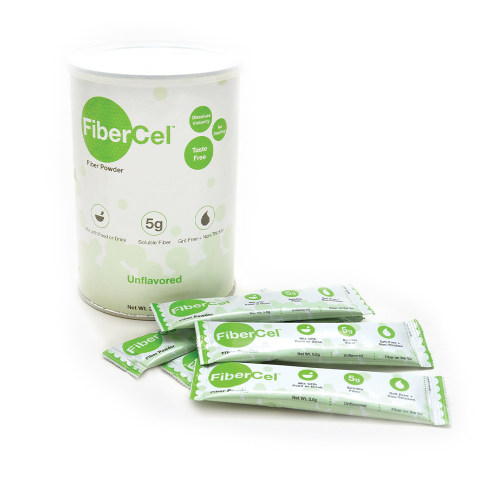
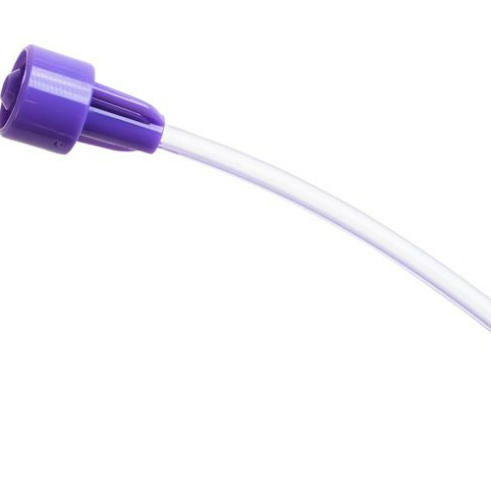
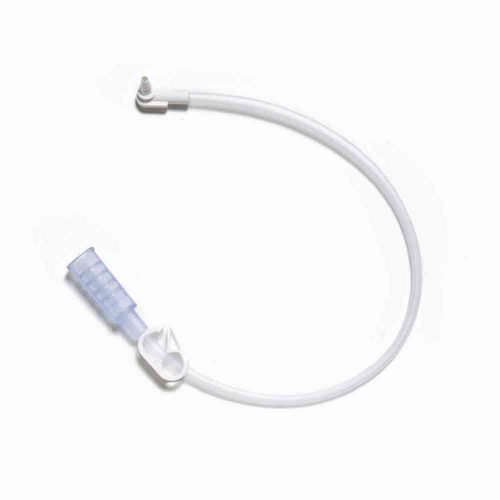
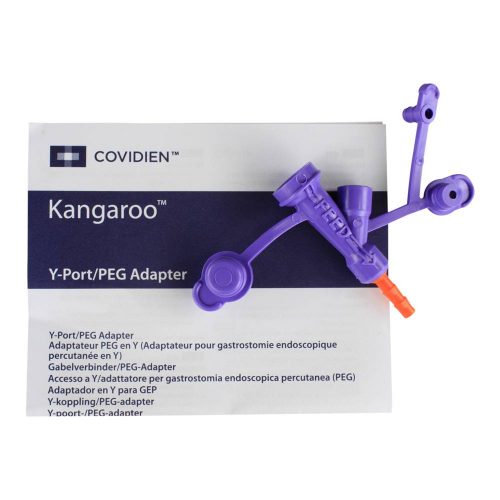
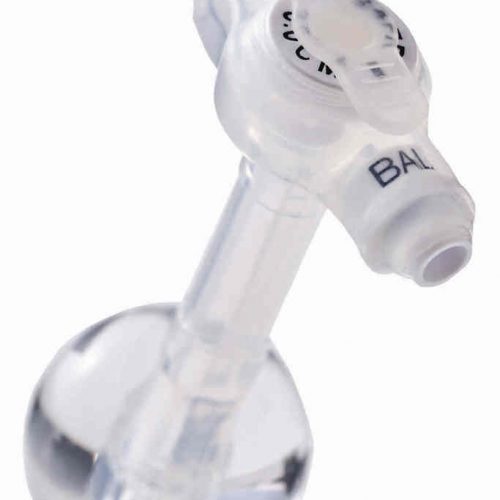

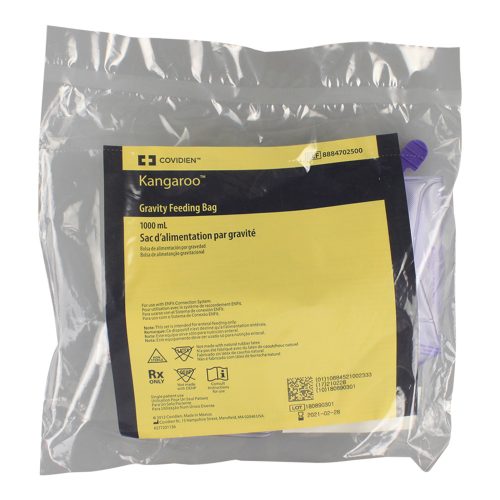
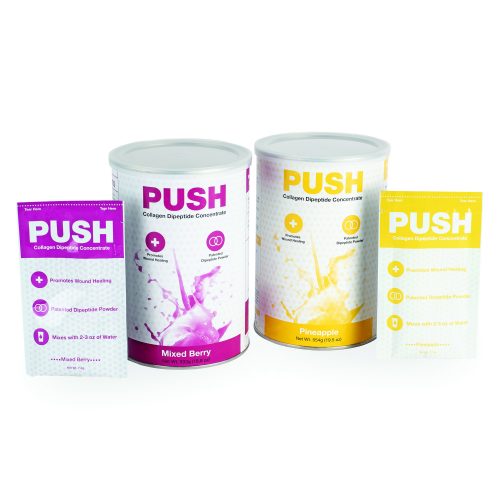
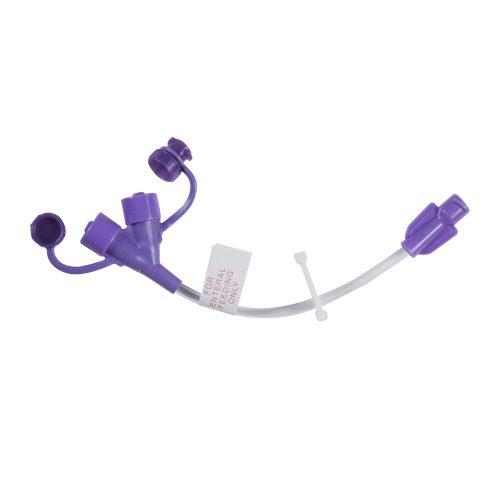
Many health conditions make getting adequate nutrition difficult. Understanding what enteral feeding means and how to manage nutritional intake either by mouth or through a tube is essential for caregivers, loved ones and patients in many situations.
Enteral feeding simply means taking nutrition into the gastrointestinal (GI) tract. Your GI tract includes your mouth, esophagus, stomach and intestines. The term enteral feeding most commonly refers to using a tube to put nutrition directly into the stomach or intestines, but it also includes eating or drinking nutritional supplements. Most people who need enteral feeding cannot eat regular food because of an injury or condition like stroke or neurological problems, though the rest of their GI may function normally. Others may require enteral feeding to supplement regular food because of illnesses like cancer that cause nausea or difficulty getting enough nutrition.
The six main types of enteral feeding are classified by where the enteral access tubes enter the GI and where the feeding tube ends. They are:
Most enteric feeding systems require irrigation, stabilization, connection ports or other enteral accessories to keep them functioning properly. These systems also require powdered or liquid enteral nutrition that has been processed to flow smoothly through the tubes and to provide easily absorbed nutrition for the patient. Those who can take food by mouth but require nutritional support can find it in protein and fiber drinks specially formulated for adults or children. Find a variety of these items from trusted brands along with feeding pumps and sets that make it easier to prevent malnutrition and manage other health issues.
